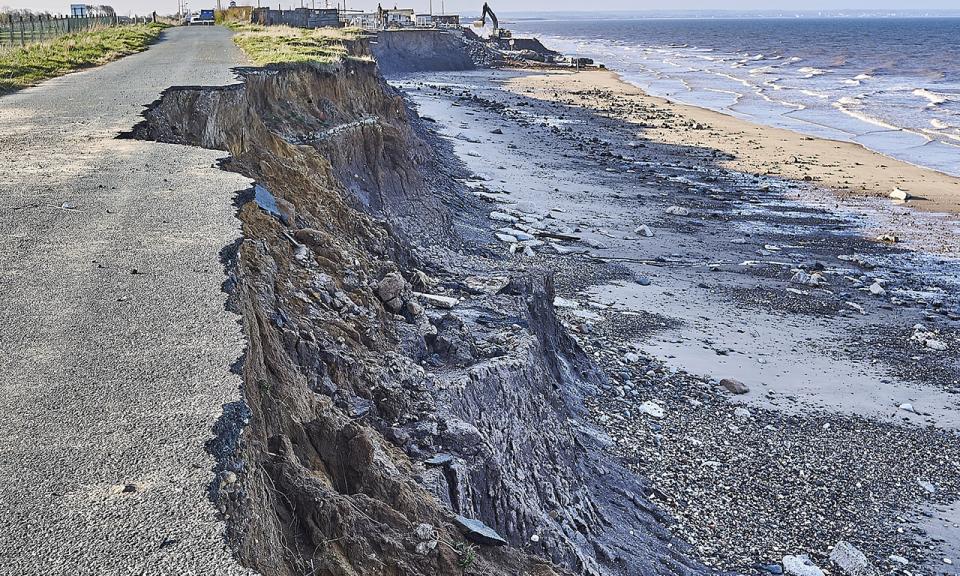Written by
Published
Category
A toolkit to help investors, lenders and regulators address the financial implications of climate change
Over the last several years, there has been increasing discussion of the financial implications of climate risk. Much of this work has focused on specific industries and financial sectors, and the impact of climate change on GDP. As we outline in our report What is Climate Risk? A Field Guide for Investors, Lenders, and Regulators, “this knowledge is not particularly helpful for lenders, investors, or regulators unless these risks can be further granulated in terms of their scope and, more importantly, their timing and likelihood.”
What financial analysts and investors need is a toolkit of common metrics that will enable them to assess the risks to a particular firm; whether that’s quantifiable current risks, or more intangible risks that are likely to materialise further down the road.
We have therefore identified four risk categories, some with a reasonable track record for demonstrating the level of risk and financial implications, others with almost none. All are intended to be layered onto traditional risk analyses, as shown below.
1. Physical risk
As is customary, we have divided physical risk into acute and chronic risk. These risks are already well documented, partly because they are more obvious, straightforward to assess, expensive, and in many cases already occurring.
Acute risks refer to events or specific episodes that have the potential to inflict significant physical damage: wildfires, river and ocean flooding, tropical storms and the like. Such events are occurring with greater frequency both regionally and globally; they are also becoming less idiosyncratic and more systematic, with the level of risk rising accordingly.
Chronic risks are those that carry a range of physical impacts of considerably longer duration than those posed by acute risks. They are best understood as processes, not events. For example, several countries in the Middle East and Central America frequently experience many of the impacts of drought, which tend to prompt significant outmigration. Sea level rise is perhaps the most familiar, and most studied, chronic risk.
2. Transitional adaptation
When it comes to adaptation to climate change, we really have no consistent track record to assess risk. This is partly because the horizon timeline of most financial systems is considerably shorter than the expected materialisation of climate risks. The problem with such transition climate risks is that they mostly lie outside traditional risk assessment horizons, and adaptation to physical impacts is a process – sometimes a very long one. Moreover, adaptation measures generally cost money, and these amounts remain largely uncertain.
3. Transitional mitigation
Mitigating against the physical effects of climate change will inevitably involve a range of potential transitional risks and associated costs, with the extent of these costs largely contingent on public policy decisions. A number of industries face regulatory compliance costs that may increase in the future as a result of mitigation efforts. For example, the EU has revised its carbon-pricing mechanism in recent years, laying out an ambitious programme to achieve a zero-carbon economy, with significant costs attached. This represents the kind of political and policy decision that is likely to become a more significant factor in industry and company costs going forward, especially in resource-dependent industries.
4. Natural capital risks
There may be significant natural capital risks deriving from climate impacts, but there has been little focus on these. Many natural resources are being rapidly depleted, or will cost considerably more in future to recover, and this will impact any number of businesses. For example, the minerals used in mobile phone manufacturing and electric car batteries are not in limitless supply. Potash is a key ingredient in agricultural fertiliser and is also likely to be in short supply in several decades. Perhaps most importantly, water resources are being depleted rapidly in many parts of the world, with broad societal and financial implications. Many of these potential depletion concerns are being exacerbated by global heating. These are all critical risk factors for a financial analyst or investor.
Additional considerations
In fact, water is a risk factor that falls under several categories. There is a fixed amount of water, and we are seeing a depletion of liquid water and ice, and an increase in water vapour, as a result of global warming. This amplifies levels of risk for any number of industries, posing a particularly significant risk to sectors such as agriculture, mining and utilities.
Aside from the more direct financial implications for industry operations, climate risk also has the potential to lead to other types of financial risk. For example, litigation risk, against both governments and firms, could escalate with potential financial implications for, and significant damage to, a range of business. Changes in consumer behaviour are also having an impact, as shown by how quickly consumer demand for electric cars and meat-free burgers led to significant changes in their respective industries.
Our taxonomy may well be modified and refined by others in the future. Regardless, we hope this taxonomy provides investors, lenders and regulators with a useful toolkit for addressing the financial implications of climate risk.
This article draws on findings from "What is Climate Risk? A Field Guide for Investors, Lenders, and Regulators" by Bob Buhr (Imperial London).



